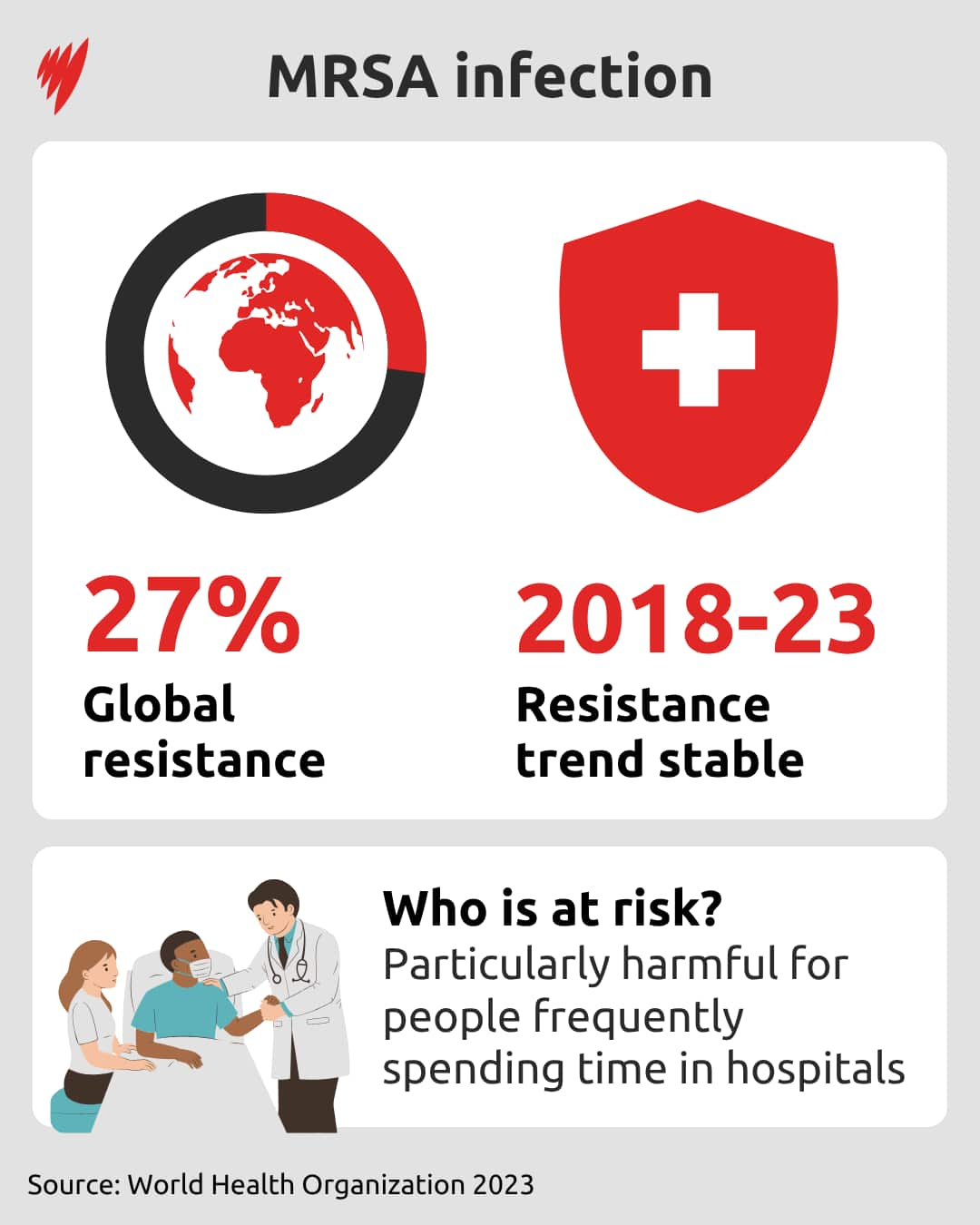In the cafes of bustling Australian cities, queues form early in the morning as customers wait for their daily fix of matcha.
Global demand for the carefully produced powdered green tea synonymous with Japan has surged in recent years, fuelled by millennials and gen Z consumers seeking healthier drink options.
Hip cafes around the world now feature matcha lattes, smoothies, and desserts as staples. In Australia, the matcha market generated more than $54 million in revenue in 2024, according to market research firm Grand View Research.
Projections indicate a steady annual growth rate of 7.1% for the matcha industry over the next five years. By 2030, the revenue is expected to surpass $81 million, marking an increase of $27 million from current figures.
But that rise in popularity is being met with challenges. Extreme heat and labour shortages in Japan have hit tea plantations hard, leading to a decline in matcha production and surging prices.
Japan’s green tea exports to Australia reached 195,319 kg between January and August 2025, according to the Japanese Tea Export Promotion Council.
That’s a 131 per cent year-on-year increase, making Australia the eighth-largest export destination.
However, supply has struggled to keep pace with this rising demand. The cost of tencha, the primary leaf used to produce matcha, reached an unprecedented high of 8,235 yen per kilogram (approximately $82/kg) during a May auction in Kyoto. This represents a staggering 170% increase compared to the same period last year, as reported by the Global Japanese Tea Association.
























 English (US) ·
English (US) ·  French (CA) ·
French (CA) ·  French (FR) ·
French (FR) ·